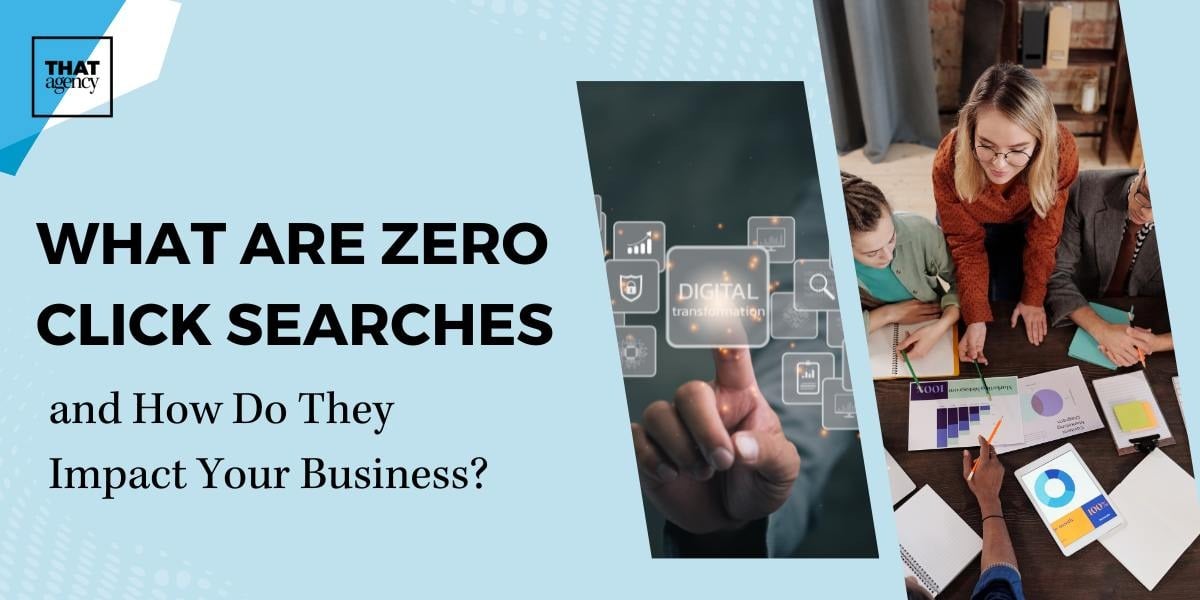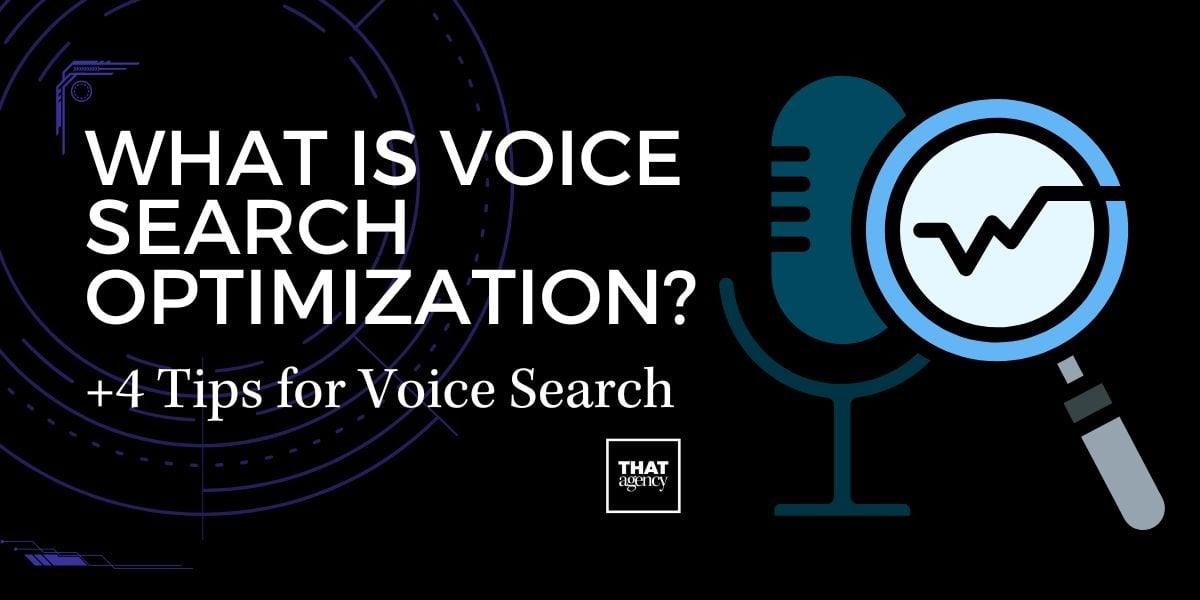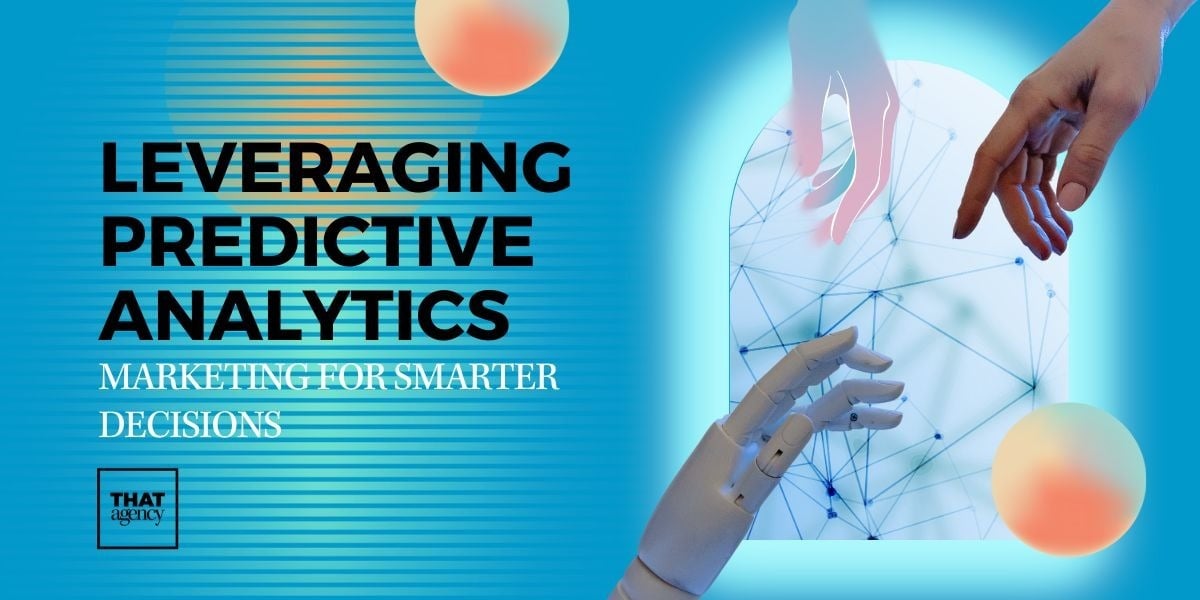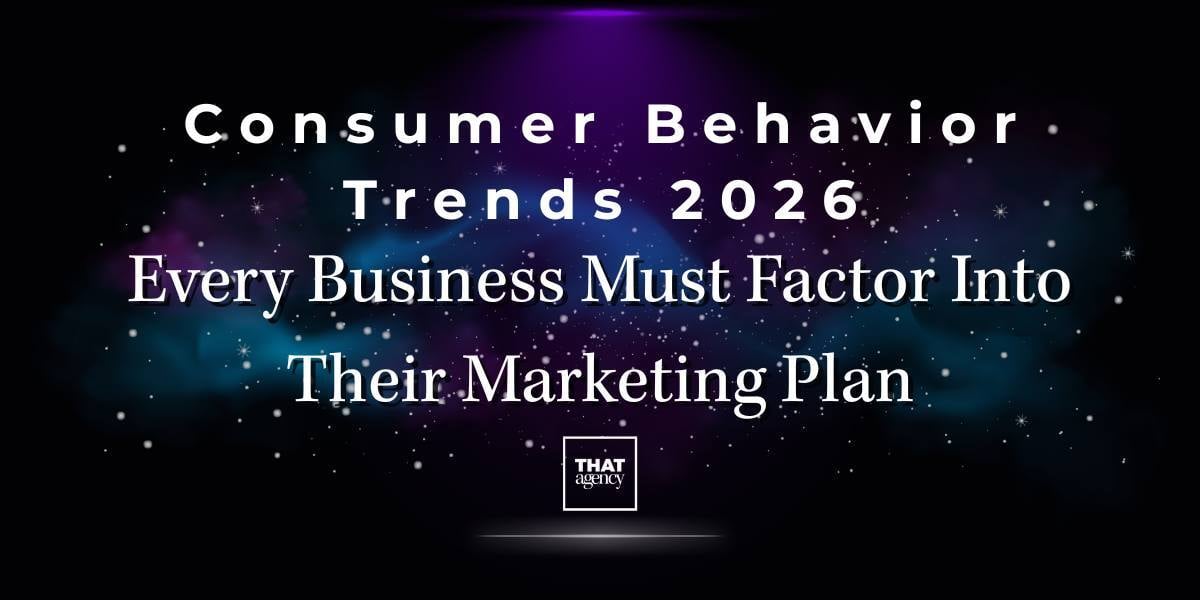Let’s be honest, marketing has changed a lot in just the last few years. And one of the biggest reasons? AI integration.
Artificial intelligence is no longer something to look forward to. It’s already here, shaping everything from how we target ads to how we write emails. If you're a business owner, marketing director, or agency partner, understanding how AI works in digital marketing isn’t just helpful, it’s essential.
This blog breaks down seven ways AI integration is transforming digital marketing strategies and how you can stay ahead of the curve. If you're serious about growing your brand online, these tools and tactics aren’t optional anymore, they’re the new standard.
1. Smarter Targeting with Predictive AI
Let’s say you run an online store. Wouldn’t it be great if you could tell which shoppers were just browsing and which ones were about to buy, before they even added something to their cart?
That’s exactly what predictive AI is built to do.
What Is Predictive AI?
Predictive AI uses machine learning to study patterns in people’s online behavior, like what they search for, which pages they visit, what they’ve purchased before, and even how long they spend reading a blog post. Then it uses that information to predict what they might do next.
For example:
- If someone keeps checking out high-end laptop backpacks and recently bought a MacBook, AI might predict they’re about to purchase a travel bag, and show them the perfect one in an ad.
- If a visitor opens your emails but never clicks, AI might decide to send fewer emails or change the type of subject lines to test what works better.
These aren’t guesses. They’re data-backed decisions that help you spend smarter and market better.
Why Is This a Big Deal for Marketers?
Because it saves time, money, and frustration.
Without AI, most marketers rely on assumptions:
- "People in their 30s like this product."
- "Let’s show this ad to everyone who visited our website."
With AI integration, you can do more than just segment by age or gender. You can target based on intent, and that’s a total game-changer.
Stats That Prove It Works:
- According to Salesforce, 84% of marketers say using AI has helped them better understand customer behavior.
- A study from Statista found that predictive analytics is one of the most widely used applications of AI in marketing, and marketers using it report twice the conversion rates of those who don’t.
- Platforms like Google Performance Max already use AI-powered targeting. These campaigns adjust your ad spend in real time to focus on people most likely to convert based on their behavior across Google Search, YouTube, Maps, and Gmail.
Isn’t this just retargeting? Not quite. Retargeting is when you show ads to people who’ve already interacted with your site. Predictive AI takes it further, it finds new people who haven’t bought from you yet but are likely to.
It’s like turning cold leads into warm ones before they even meet you.
2. Personalized Content That Feels Human
Think about the last time you received an email that called you by name and recommended a product you were actually interested in. Felt good, right?
Now think about getting an email that says “Dear Customer” and tries to sell you something completely random.
That’s the difference personalized content can make. And with AI integration, you don’t need a massive team to pull it off.
How AI Personalizes Content
Today’s AI tools can do much more than just fill in someone’s name. They analyze:
- The user’s past behavior on your website
- What they clicked on or added to their cart
- What part of the country they’re from
- Their past email activity (opens, clicks, purchases)
Then they use that info to generate content that speaks to them directly.
Some examples of AI tools doing this right now:
- Jasper AI can write custom product descriptions or landing page copy tailored to a user’s interests.
- Persado uses machine learning to generate emotional and persuasive marketing messages based on how people typically respond.
Even subject lines and CTAs (calls to action) can be tested and customized automatically.
What Does This Look Like in Action?
Let’s say you’re a clothing brand. You could send:
- An email to a woman in New York showing warm coats and boots in fall colors
- A text to a man in Florida highlighting a summer sale on swim trunks
Both are customers. Both want different things. AI helps you talk to them like you get them.
Real Results:
- Epsilon reports that 80% of consumers are more likely to make a purchase when brands offer personalized experiences.
- AI-generated content, when properly tailored, can boost engagement rates by up to 60%, according to studies from McKinsey and Segment.
- Brands using personalized product recommendations have seen average order values increase by 20% or more.
Won’t AI make my brand sound robotic? Not if it’s used the right way. When done well, AI doesn’t replace your voice, it helps you scale it.
In fact, many AI tools can be trained to match your brand tone, whether it’s fun and casual or serious and professional. Instead of spending hours writing five versions of an email, AI can draft them for you, and you can tweak the tone before sending. If you’re new to this, here’s a helpful primer on does Google penalize AI-generated content.
3. Chatbots That Actually Help (Not Annoy)
Let’s be real, we’ve all clicked that little chat icon on a website hoping to get help, only to be met with a frustrating robot that couldn’t answer a simple question.
Good news: today’s AI-powered chatbots are no longer stuck in the past. Thanks to advances in natural language processing (NLP), they’re smarter, more helpful, and actually pretty impressive.
So, What’s Changed?
Older chatbots relied on scripts. You had to type specific keywords, and if you didn’t phrase your question “just right,” the bot would get confused.
Now, with AI integration, chatbots can:
- Understand human language, even slang, typos, or casual phrases
- Ask follow-up questions to clarify your request
- Pull from a knowledge base to give personalized, accurate answers
- Learn from past conversations to improve over time
For example, if a customer types, “Hey, I got the wrong size hoodie, what do I do?”
A modern AI chatbot can understand the intent behind that message and guide them through the return process in seconds, without sending them to a long FAQ page or asking them to rephrase.
Real Results from Real Businesses
You don’t need to be a tech giant to benefit. Many small businesses are already using tools like:
- Tidio or ManyChat to automate Facebook and Instagram DMs
- Zendesk AI or Drift to qualify leads on their website
- HubSpot’s AI chatbot to answer questions and book meetings directly from landing pages
And the results speak for themselves:
- IBM reports that chatbots can handle up to 80% of routine questions, things like order tracking, store hours, or return policies.
- Juniper Research found that businesses using chatbots save an average of 30% on customer support costs.
- Plus, chatbots work 24/7. No missed messages at midnight. No burned-out team members. Just consistent support, day and night.
Will customers actually use a chatbot? Yes, and in growing numbers. In fact, over 67% of global consumers used a chatbot for customer service in the past year, according to Salesforce. And younger audiences expect this kind of convenience. To go deeper, see how natural language processing is powering next-generation chatbot platforms
If your website or social media accounts aren’t using an AI-powered chatbot, you could be missing out on qualified leads, faster sales, and a much better user experience.
4. AI-Driven Paid Ads: Better Results, Less Guesswork
Running paid ads used to mean spending hours in your dashboard, adjusting bids, changing copy, and trying to figure out why one ad worked better than another.
But thanks to AI integration, that’s no longer the case. Today’s advertising platforms use AI to handle the heavy lifting, so you can focus on strategy, not spreadsheets.
How AI Works Behind the Scenes
Platforms like Google Ads, Meta (Facebook/Instagram) Ads, and TikTok Ads now use machine learning to:
- Automatically adjust bids based on the likelihood of a conversion
- Test different ad creatives (images, headlines, CTAs) and prioritize the best-performing ones
- Target new audiences based on behavior, interests, and engagement, not just demographics
This means that instead of A/B testing every ad manually, AI systems are constantly testing hundreds of combinations in real time.
Real-World Impact
Here’s what this shift looks like in practice:
- Google’s Smart Bidding strategies can boost conversion rates by up to 35%, based on their internal case studies.
- Facebook’s Advantage+ Shopping Campaigns reduce cost-per-action (CPA) by an average of 20% or more, especially for eCommerce businesses.
- TikTok’s AI learns what content performs best and prioritizes delivery to users who are more likely to engage or buy, helping you go viral and drive sales.
At THAT Agency, we’ve helped clients shift from manual ad management to AI-powered campaigns, and they often see better results with less time spent managing the back end.
Will AI take away my control? Not at all. You still set your goals, budget, audience, and creative direction. AI simply helps you get the most out of your spend by optimizing things in real time, something a human couldn’t do 24/7.
And if you want more control? You can still switch between manual and automated bidding, or run hybrid campaigns that use both. For an overview of core paid search fundamentals that pair well with automation, check out our guide to PPC management.
Bonus Tip: Use First-Party Data
As privacy rules tighten (think: cookie bans), ad platforms are putting more focus on first-party data, your own customer list, email subscribers, and CRM contacts. AI can match this data to platform users and create lookalike audiences to find even more potential customers.
So, if you're not already feeding your CRM into your ad platform, you’re leaving money on the table.
5. Advanced SEO Tools Powered by AI
If you’ve ever tried to improve your Google rankings, you know SEO can be a bit overwhelming. There are keywords to track, pages to optimize, competitors to watch, and let’s not even talk about Google’s algorithm updates.
But here’s the good news: AI integration is making SEO easier, smarter, and a whole lot more effective.
How AI Is Changing the Way We Do SEO
Today’s AI tools go beyond keyword stuffing or tracking backlinks. They’re built to:
- Spot content gaps: What are your competitors ranking for that you’re not even talking about?
- Suggest the best keywords: Based on real-time search trends and searcher intent.
- Improve readability: AI evaluates your content’s structure, tone, and clarity to make it more engaging and easier to understand.
- Organize internal linking: Tools can automatically recommend which pages should link to each other to boost authority across your site.
For example, let’s say your site has a blog post on “best shoes for running,” but your competitor ranks higher. An AI tool might show that they included sections on trail running and foot shape, topics you missed. That’s valuable insight you can act on.
Tools That Are Leading the Way
Some of the most popular AI-powered SEO tools include:
- Surfer SEO: Great for writing SEO-friendly blog posts and service pages. It recommends word count, keyword placement, and even heading structure based on the top-performing pages in your niche.
- MarketMuse: This tool scans your entire website and compares it to others in your industry. It shows what topics you're underperforming in, and tells you what to write next.
- ChatGPT: Yep, we’re in the mix too. We can help you generate optimized meta descriptions, FAQs, headers, and even full blog drafts to support your SEO efforts in seconds.
Real-World Example:
At THAT Agency, we regularly use Surfer SEO to help our clients' blog posts rank in competitive markets like legal, real estate, and e-commerce. For one client, we used AI tools to refresh underperforming content, and saw a 74% increase in organic traffic within two months.
Will Google penalize AI-written content? Not if it’s helpful, well-written, and relevant. Google’s main concern is quality, not how the content is made. In fact, Google has stated they’re fine with AI-generated content as long as it provides value and follows best practices. To strengthen onsite signals while you scale content, make sure you’re also prioritizing internal linking best practices and running a periodic SEO audit with the right tools.
So yes, AI can help your site rank, as long as it's used smartly.
6. Email Marketing That Learns What Works
Email marketing might feel like an old-school tactic, but when combined with AI, it becomes a powerful, modern revenue driver.
You don’t need to send the same email to thousands of people and hope for the best. With AI integration, you can send the right message to the right person at the perfect time.
What AI Brings to the Inbox
Here’s what AI can do for your email campaigns:
- Personalize subject lines and content: AI analyzes your customers’ past behavior to deliver messages that feel relevant to them, like showing dog products to pet owners or sending sales alerts to frequent shoppers.
- Optimize send times: AI learns when each individual is most likely to open an email. It might send a message to one person at 9 a.m. and another at 6 p.m., based on their habits.
- Segment audiences automatically: Instead of manually building lists, AI groups people by interest, location, activity, or buying behavior.
The Results Speak for Themselves:
- According to Campaign Monitor, brands using AI-powered email automation see up to 41% higher click-through rates and 13% more revenue per email.
- Salesforce also reports that 65% of high-performing marketers use AI to personalize emails at scale.
Real-World Example:
Say you run an online skincare brand. Instead of sending a blanket “20% Off All Products” email, AI could help you send:
- A “20% Off Moisturizer” deal to someone who’s purchased moisturizers before
- A “Best Anti-Aging Products” guide to someone who’s browsed your wrinkle creams
That’s how you turn emails from background noise into conversion tools. If you’re refining your approach, these guides can help you zero in on the fundamentals of an email marketing strategy and whether email is still effective in 2026.
Isn't it creepy when emails get too personal? Not when it’s done respectfully and transparently. People appreciate convenience. As long as you're using data they’ve shared with you and giving them an easy way to unsubscribe, personalization improves the user experience.
7. Creative Content Backed by Data
For years, design and content decisions were made based on gut instinct or what “felt right.” But now, AI is helping creative teams make smarter choices using actual data.
That doesn’t mean robots are taking over creativity. It means you can blend art with analytics to create content that performs.
What AI Can Do for Creative Teams
- A/B Test Visual Elements: AI can compare different images, button styles, or layouts to see which ones get more clicks or conversions.
- Suggest Topics: AI looks at trending keywords and social media chatter to suggest what kinds of blog posts, videos, or infographics people want right now.
- Assist with Design: Tools like Adobe Sensei can help auto-tag photos, crop images for different platforms, or suggest colors based on audience mood and engagement.
Real Example:
Let’s say you’re designing a new landing page for a seasonal product. Instead of guessing which color scheme or CTA will work best, AI can:
- Show you what’s trending in your industry
- Recommend layout changes based on heatmap data
- Help you prioritize mobile layout for a smoother experience
You’re still in control of the design, but now you have real evidence to back up your creative choices. If you’re running experiments, see our breakdown of A/B testing platforms for landing pages.
Won’t AI take away creativity? Nope. AI doesn’t replace the creative process, it enhances it. Think of it like having a super-fast assistant who can test ideas and give you feedback, so you can spend more time actually being creative.
That’s the beauty of AI integration in digital marketing, it supports every part of the process, from strategy to execution.
The Future of AI Marketing: What Comes Next?
So, where is all of this going?
The future of AI marketing is focused on three key areas:
- Real-time responsiveness: Reaching people at the exact moment they’re ready to act.
- Personalization at scale: Creating one-on-one experiences without hiring a massive team.
- Smarter decision-making: Using data, not guesswork, to drive strategy.
We're moving away from generic campaigns and toward hyper-targeted, AI-driven strategies that connect with the right people in meaningful ways. For more on where this is headed, here’s our take on the future of digital marketing in 2025.
Here’s What the Numbers Say:
- According to Statista, global spending on AI in marketing is projected to hit $107 billion by 2028, more than double where it is today.
- 61% of marketers say AI is the most important aspect of their data strategy in the next 5 years.
That’s not just a trend, it’s a total shift in how modern marketing works.
If you're still waiting to adopt AI tools, you're not just behind the curve, you’re leaving money and growth on the table.
Let AI Integration Work for You
Here’s the bottom line: AI integration isn’t just a fancy tool, it’s the key to running leaner, smarter, and more effective digital marketing campaigns.
At THAT Agency, we help businesses use AI in ways that make sense. Whether it’s improving your SEO, automating your ad campaigns, or creating content that truly connects, our team can guide you every step of the way.
Want to see what AI can do for your brand? Explore our full-service marketing agency capabilities or contact us to get started today.




.jpg)